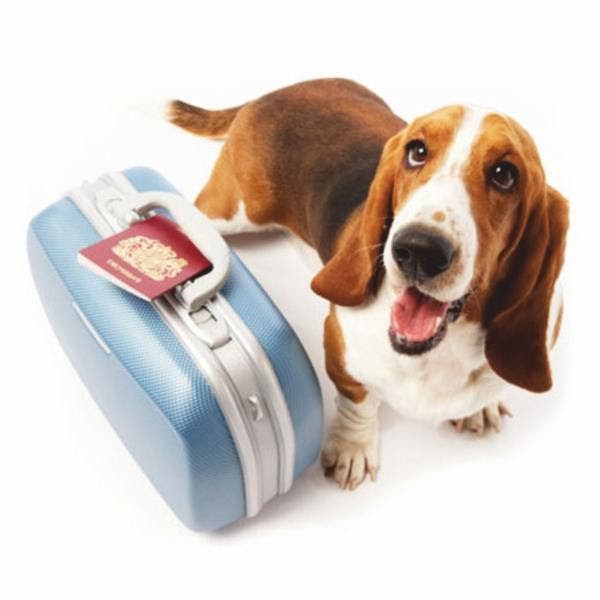You listen to high-pitched squeals, growls, and barks emanate from the building, as if the hounds of hell were inside, screaming in an unmatched rage. Walking into the building’s shadow, you feel as if its looming power is beginning to overwhelm and overtake you. A feeling inside your gut tells you to turn around and run with your tail in between your legs. Shaking, you take one step after another until you reach the door, gulp, and step inside. A sign flickers eerily over the front door: Dog boarding.
To many people, leaving their dog at such a place feels equivalent to abandoning a child. This feeling of guilt and worry over our best friend can ruin vacations, and create unnecessary stress. To prevent this, you must do some planning beforehand. This will allow both you and your pet to relax on your separate vacations.
To reduce the stress of your dog being put into a kennel right before you leave, you must start early. Train your dog, if possible, while still a puppy, to become accustomed to people, other canines, unique situations, and different stimuli, such as a variety of leashes. This will help your dog be prepared for his stay at the kennel and to go through life.

Plan out your dog’s stay beforehand, as many kennels do not accept drop-offs without a ‘reservation’ or notice in advance. Make a list of kennels in your area, and contact each to set up an appointment for a tour. You should never drop your dog off without checking the facility.
When you visit the facility, keep a sharp eye out for every detail. Look to see if the dog cages have adequate space, bedding, water, ventilation, and temperature and are free of messes. There should be solid dividers between cages to prevent fighting. A clean, large area for the dog to get daily exercise should be provided. Ask how many times per day your dog will get out, and for how long, to ensure your pup gets to stretch his legs.
Also, be sure to ask how many times the yard is cleaned in a day, as it will keep your dog healthy and clean if the yard is sanitary. Water should also be provided in the play area. Both the kennel and exercise area should have tight security, so your dog cannot escape. An employee should be supervising the dogs most of the time if they get group time. If there are no workers watching the dogs, then ask if the dogs will be supervised.

Make sure you come at a time when there are employees around, so you can watch how they handle the dog. The workers should act knowledgeable around the canines, keeping the leash at a comfortable tightness, in the proper position, and being in control. They should be treating the dogs kindly and not forcing them into unwanted situations.
After the tour, if you like the kennel and believe it is a suitable boarding environment, then you can book your dog’s stay. Or, if the facility has a daycare, you can try bringing your canine friend to play for a day to see how he likes it.
On the day of the drop-off, come prepared. Bring your dog’s favorite toys or bed, although keep in mind that the kennel might not accept some bed sizes due to space limitations. All food containers should be labeled with your dog’s name and feeding requirements.
If your dog has any special needs, like medicine or possible health problems (for example, seizures), you should inform the facility. The kennel should also be told whether your pet is fixed or not, as females can go into heat, and unneutered males are often more aggressive, especially towards other males. Tell the boarding facility whether or not your dog is social.

Don’t be embarrassed to say they aren’t, as it is for all of the boarding canines’ safety. Warn the kennel staff if your dog can climb fences, open gates, or chew excessively. They will take precautions to keep your dog from escaping or destroying beds and toys.
Now we come to the tough part: leaving your dog with the kennel. It may be hard, but you are going to have to take a deep breath and relax. A tearful, emotional goodbye will stress the dog out, causing unneeded anxiety and agitation. The best way is to give your pet a pat, then leave. Your best friend will probably feel alone for a moment, but will then follow into the kennel to go play.
If you still feel worried about your friend while on vacation, feel free to call the facility to check up on your puppy. They should be happy to answer any of your questions and reassure you that your pet is safe and happy.
Leaving your dog may be hard, but you must remember that you will both probably enjoy yourselves. The dog will be getting a vacation, and so will you. With a good kennel, your dog will have an awesome experience playing and meeting new friends. Knowing he is safe, and cared for will allow for a positive experience of your own. And when you return to see him again, nothing can replace the ecstatic expression on his face as he bounds up to greet you!
